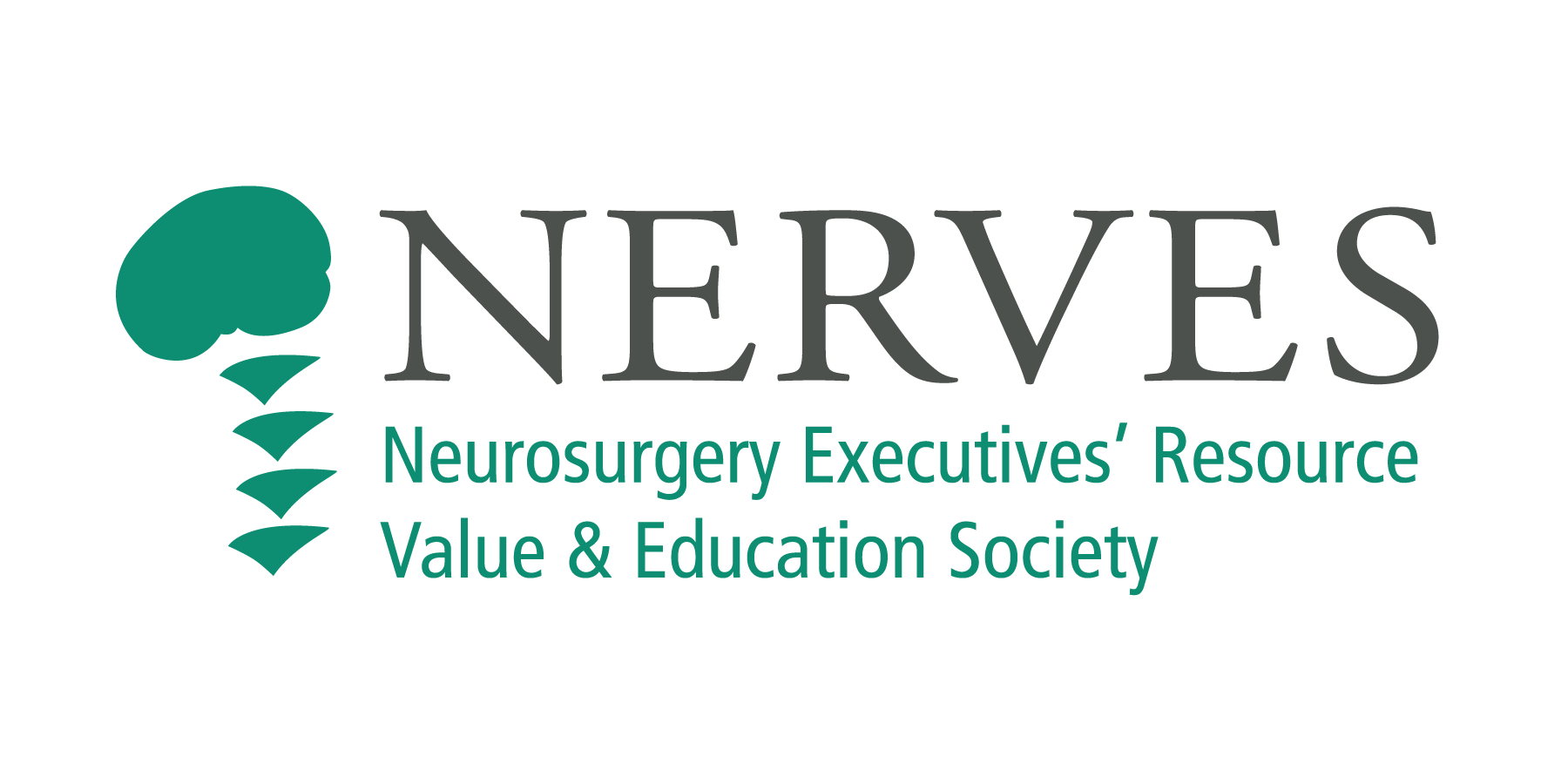Care Guidance Helps Neurology Groups Advance Health Equity, Impact Patient Outcomes, Achieve Goals of Value-Based Care Arrangements
By Craig Parker, JD, CPA and CEO, Guideway Care
 Neurology and neurosurgery administrators and providers are increasingly focused on social determinants of health (SDoH) and how they impact access, compliance with treatment plans and other health equity/social determinants for neuro patients. Given the growing focus on finding and addressing non-clinical patient issues from outside the clinical environment which can impact care, executives responsible and accountable for the operational and financial performance of neurology practice groups, surgery centers or other related care settings increasingly seek to identify and implement programs that specifically address these concerns.
Neurology and neurosurgery administrators and providers are increasingly focused on social determinants of health (SDoH) and how they impact access, compliance with treatment plans and other health equity/social determinants for neuro patients. Given the growing focus on finding and addressing non-clinical patient issues from outside the clinical environment which can impact care, executives responsible and accountable for the operational and financial performance of neurology practice groups, surgery centers or other related care settings increasingly seek to identify and implement programs that specifically address these concerns.
In addition, the introduction of new quality payment models that tie physician reimbursement to resolving patient SDoH issues and advancing the goals of health equity require innovative thinking and new solutions. Practice managers need to consider additional resources specifically designed to help their clinicians and staff proactively address and resolve SDoH, with supplemental support services for at-risk patients. Management executives will also discover that these programs enable them to better reach their fiscal goals and improve their positioning in value-based care arrangements.
However, despite the performance improvement that SDoH management programs can deliver, most practices find it difficult to design, build, implement and sustain initiatives on their own. This is a problem because the impacts of disparities and health equity issues have an outsized effect on both physicians and their practices.
SDoH Issues are Challenging Physicians and their Practices
A 2022 survey on behalf of The Physicians Foundation captured insights on the degree to which SDoH affect patient health as well as physician practices. Similarly, the American Academy of Family Physicians Foundation (AAFP) reported that an overwhelming majority of physicians think (i) SDoH are affecting their patients’ health outcomes, (ii) addressing these drivers is essential to improving health outcomes and decreasing costs and (iii) they will need outside help to overcome the significant barriers to properly addressing all of these issues.
According to the Physicians Foundation’s survey, eight in 10 physicians believe the United States cannot improve health outcomes or reduce health care costs without addressing social factors that affect patient health. While this awareness of SDoH is encouraging, more than half the physicians reported the challenges with addressing SDoH at the patient level cause them stress on a daily or weekly basis. They cited factors such as existing payer reporting requirements taking time away from discussing patients SDoH (63%) and lack of reimbursement for screening or addressing SDoH (57%).
How SDoH Impacts Patients
Beyond the impact social determinants and other non-clinical issues create for physicians and their practices, they obviously impact the patient journey. CMS and other experts have estimated that nearly 80 percent of a person’s overall health and well-being is estimated to be tied to SDoH unrelated to clinical care. In fact, clinical care accounts for only 10-20 percent of the modifiable contributors to patient outcomes. As with other specialties, in neurologic health, disparities are especially pronounced and perpetuated by SDoH.
Conditions such as stroke, multiple sclerosis and Parkinson's disease affect motor, sensory and cognitive functions that are often compounded by a patient’s socioeconomic condition, transportation concerns, food and housing insecurities or other non-clinical issues. These often require an amplified level of care, including non-clinical assistance.
For elderly patients, the MS Society found that three out of five people with multiple sclerosis (MS) who come from poorer socioeconomic backgrounds report higher instances of isolation which contribute to depression, altered mental status and lack or ability or motivation to manage self-care. Navigating the health system is even more challenging for these individuals who are challenged every day to identify resources and make care decisions that impact health and quality of life.
Research into the impact of social, cultural and individualized factors has accelerated. Groups like the American Medical Association (AMA) are encouraging physicians to understand how health inequities associated with SDoH affect their patient groups, and in some cases, predict negative outcomes.
Interventions to improve patient health equity require multilayered approaches to address these interdependent factors that can increase and perpetuate disparate neurologic health service access, care delivery and outcomes. Neurological patients and their providers benefit from non-clinical support to coordinate pre-and-post-discharge activities as well as other needs that occur throughout the continuum of care. This includes uncovering and resolving SDoH-associated issues that can pose barriers to regular follow-up appointments and adherence to treatment plans.
Role of Care Guidance
Of course, realizing the importance of addressing issues embedded in social determinants for both physician and patient satisfaction as well as improving the patient journey is only part of the battle. It’s still necessary to do the work to find, and then solve, these non-clinical barriers. Improvements measured by value-based care metrics validate the role of non-clinical interventions, such as the use of care guidance programs, to avoid patient health deteriorations and reduce their unnecessary clinical utilization and hospital readmission. Care guidance is an effective care coordination and patient activation solution for neurology practice groups and ancillary care facilities that benefits the patient, family and providers before a non-clinical issue become clinically problematic and costly.
Today’s care guidance programs consist of components centered on specially selected and highly trained non-clinical “care guides” who are tech enabled and provide an essential human touch to supporting patients. When programs are implemented thoughtfully, care guides are equipped to establish deeper personalized relationship with patients and their families. As a result, they help achieve remarkable outcomes.
Serving as the main patient point of contact, care guides engage with patients and their families to uncover non-clinical issues and disparities that that pose barriers to accessing and receiving continued care. This peer-to-patient connection activates un-motivated patients and lowers resistance to them sharing personal information and engaging in the process of their care.
By using proactive symptom assessments and structured workflows and patient interactions, care guides can find potential clinical deteriorations earlier, and by following pre-defined escalation paths the care guides can ensure that relevant clinical issues are promptly directed to the right member of the clinical team.
How to Build Effective Care Guidance Programs
While the human element of care guidance is a key aspect of patient interaction, it’s still necessary to equip the human care guides with tech-enabled workflows and automated data analysis to find valuable and critical insights. Care guides must operate in the social domain between clinical care and the personal lives of patients, so it’s essential to find the right personality profile, equip the non-clinical care guides with detailed escalation pathways, tools to document their interactions and to gather and report on non-clinical issues, barriers, resolutions, escalations and other patient reported outcomes. When implemented correctly, care guides will be equipped with AI-assisted workflow protocols based on specific DRG conditions and complete activities that find and then promptly resolve non-clinical issues and remove barriers.
Beyond structured workflows and data analytics, providers and practices instituting non-clinical care guidance programs should also incorporate AI and machine learning capabilities to anticipate patient needs. In addition to anticipating likely needs, these capabilities should also be based upon disease and condition-specific protocols that enable care guides to deliver vital, just-in-time communications. When well done, the care guide-to-patient interaction will create insights and documentation that is different from what patient intake forms and electronic health record (EHR) systems can support.
The care guidance insights, which address so much of a patient’s life outside of the clinical realm, are crucial to success in finding and addressing SDoH. Practices must acknowledge that EHRs and other intake sources were not designed to uncover SDoH issues and facilitate the kind of resolution workflows that are needed when addressing health equity. By recognizing that care guidance needs to be designed to do something different and beyond mere patient intake or demographics collection, practices have the opportunity to create even more value -- by enabling clinical teams to focus on clinical issues so they can work at top-of-license and practices can more effectively address clinician burn-out and labor shortages.
Care Guidance Supports Value-Based Care and Quality Payment Programs
The federal government is leading the health equity initiative, such as the Centers for Medicare & Medicaid Services’ (CMS) adoption of alternative payment models that give added economic incentives to physician practices, ACOs and IDNs based on health equity objectives. Policymakers, regulators and payers play a critical role in setting standards for measuring the efficacy of health equity initiatives with reimbursement strategies that incentivizes equitable care. The newly formed National Alliance to Impact the Social Determinants of Health (NASDOH), a national advocacy organization of healthcare industry stakeholders, aims to focus national attention on SDoH to improve health and well-being while reducing long term spending.
These changes are evident in the Social Need Screening and Intervention (SNS-E) HEDIS metrics requirements published by the National Committee for Quality Assurance (NCQA). According to NCQA leaders, these new measures are part of an organization-wide effort to advance health equity and encourage providers and health plans to assess and address the food, housing and transportation needs of populations. When care guidance is implemented as a multi-point Solution as a Service model, it also improves CAHPS scores and Medicare Stars Ratings through persistent and consistent patient interactions and active identification and resolution of healthcare barriers related to SDoH.
Care guidance also aligns with the Joint Commission National Patient Safety Goals (NPSG) standards, specifically Goal 16, for improving health care equity. The Joint Commission is taking this action to further elevate the importance of health equity as it impacts healthcare quality and outcomes. As noted at the outset, policymakers and payers have determined that it is no longer sufficient to merely find issues embedded in the SDoH – healthcare providers now must do something to solve those problems.
Value of Care Guidance for All Shareholders
Care guidance is helping neurology practices resolve their patient SDoH issues specific to their condition and socioeconomic status to deliver on health equity priorities through an enhanced patient care experience with lower total cost of care. The addition of a care guidance solution beyond legacy navigation is a truly efficient and effective approach to tackle ‘whole’ person health with tangible and measurable results for decreasing avoidable deterioration and reducing both unnecessary utilization and rehospitalizations.
Nearly thirty years of research has led the way to understanding the importance of addressing all the needs of the patient as a person. As neurology practice managers and administrators respond to accelerating requirements to meet health equity metrics, deploying new patient interaction models can create rapid success for the practice and a better, more comprehensive understanding of the patient’s journey. As a result, neurology physician groups can obtain the insight and support they need to deliver quality, equitable care, generate the best possible outcomes for patients and optimize financial and operational performance.
About the Author
Craig Parker, JD, CPA, CEO, Guideway Care, has spent most of the last twenty-five years operationalizing solutions that leverage technology and people to improve patient care and outcomes. For more information visit www.guidewaycare.com.
